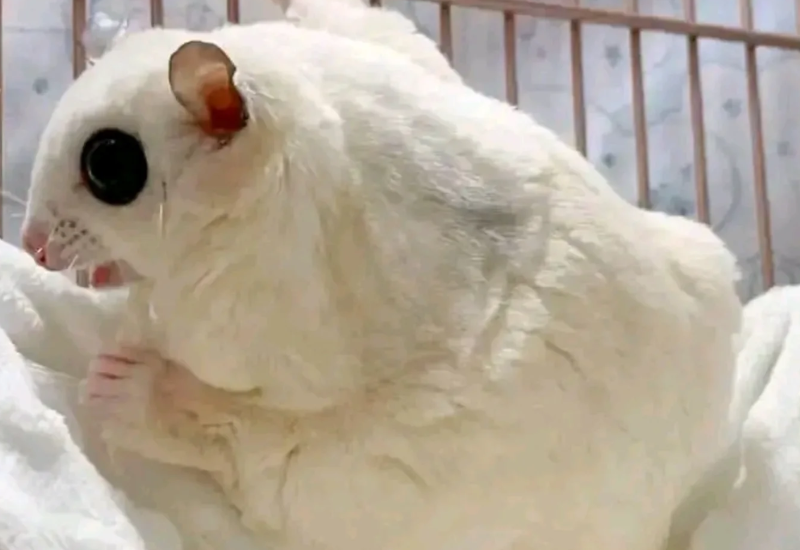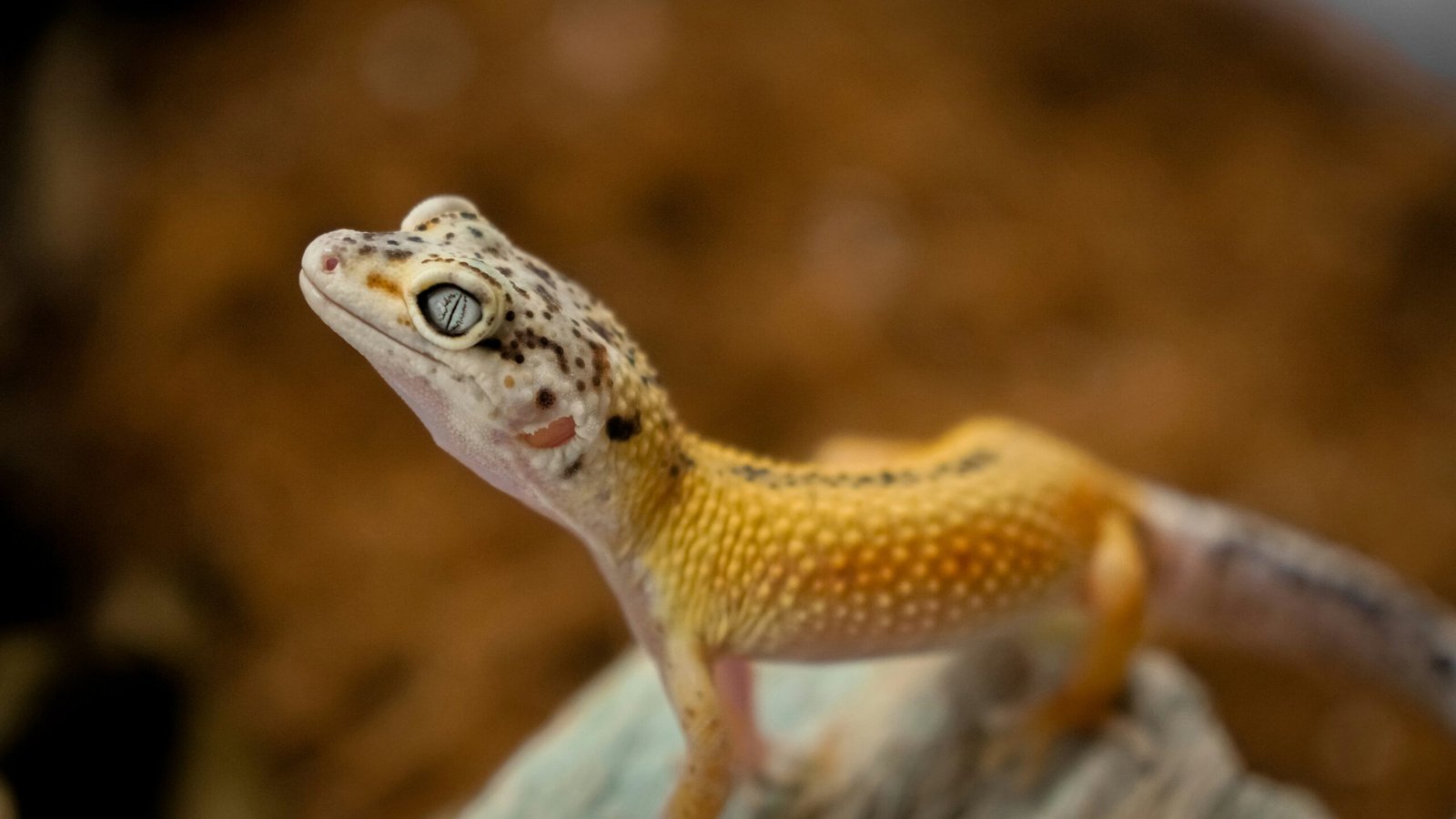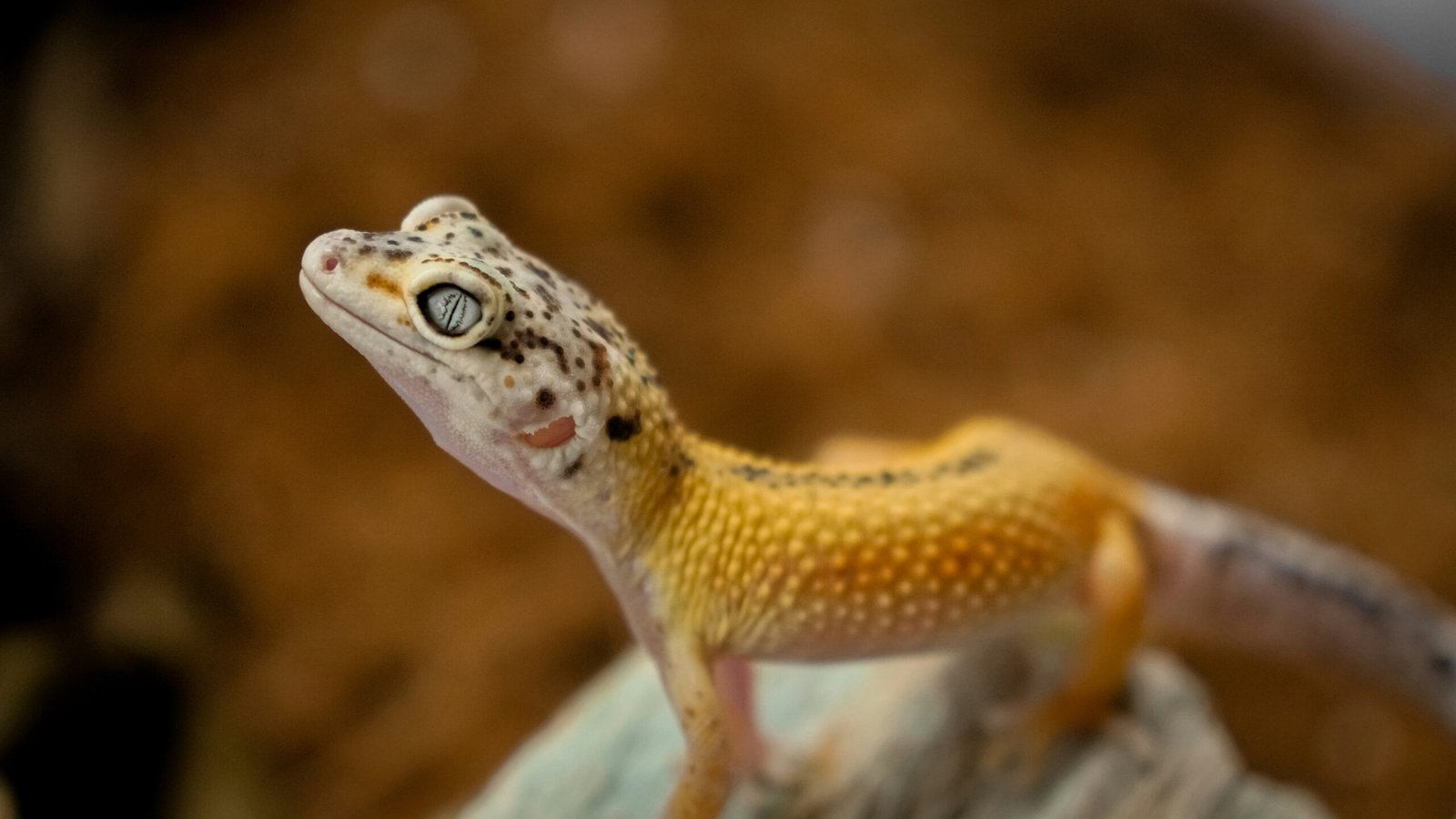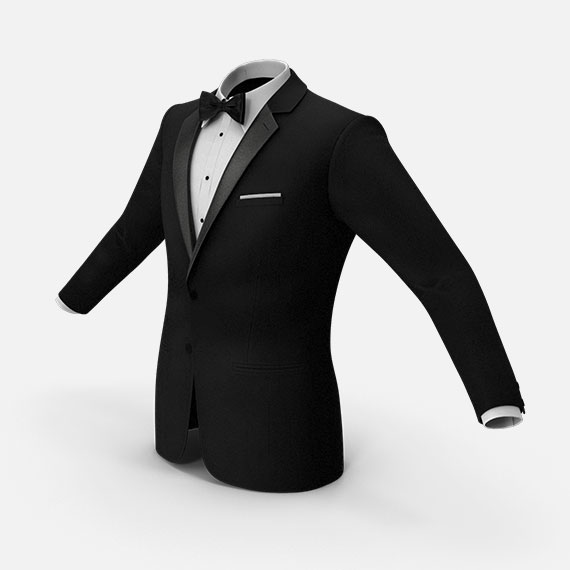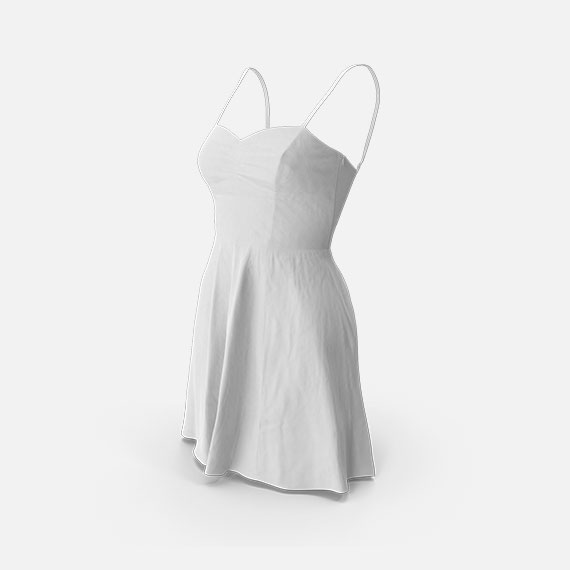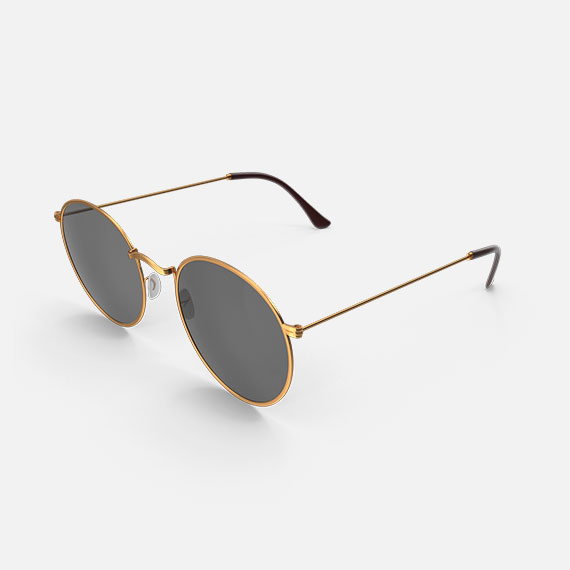Introduction to Sugar Gliders
Sugar gliders, scientifically known as Petaurus breviceps, are small, nocturnal marsupials native to Australia and New Guinea. These charming creatures typically weigh between four to five ounces and range in length from approximately five to six inches, with an additional tail that can extend up to eight inches. Their most distinguishing physical feature is their large, expressive eyes which aid their nighttime activities, along with a gliding membrane stretching from their wrists to ankles, allowing them to glide gracefully between trees in their natural habitat.
Behaviorally, sugar gliders are known for their social nature. They thrive on interactions, whether with their human companions or other sugar gliders. These animals are playful and curious, often engaging in activities such as climbing, exploring, and gliding around their environment. Their social dynamics mean they may become lonely if kept alone, so potential owners often consider adopting a pair or more. As pets, they have a reputation for being affectionate and forming strong bonds with their caregivers, making them truly delightful companions.
When considering sugar gliders as pets, prospective owners should be aware of their specific care requirements. They require a spacious living environment to accommodate their gliding capabilities and should be housed in cages that allow for climbing and play. A balanced diet is crucial for their health, consisting of fruits, vegetables, and specially formulated pellets. Additionally, due to their nocturnal habits, they may be more active during the night, which can be taken into account by owners. These characteristics make sugar gliders suitable for a variety of owners, particularly those who can commit to interactive and engaging companionship.
Why Choose Sugar Gliders as Pets
When considering a pet, many people seek companions that offer unique personalities and social interactions. Sugar gliders, small marsupials native to Australia and New Guinea, have gained popularity as pets due to their engaging qualities. One notable aspect of sugar gliders is their inherently social nature. In their natural habitat, these creatures live in colonies, which influences their tendency to form close bonds with their owners. This affinity for socialization makes them enjoyable companions, as they thrive on interaction and affection.
In addition to their social qualities, sugar gliders are known for their playful demeanor. These agile animals possess remarkable climbing abilities and enjoy exploring their surroundings. Their playful antics, which can include gliding from one perch to another, bring joy and entertainment to any household. Owners often find themselves captivated by the sugar gliders’ active behavior, which can lead to positive daily interactions and bonding opportunities.
Affectionate and sociable, sugar gliders can develop strong emotional connections with their human companions. They often seek physical contact, whether it be cuddling or simply resting upon an owner’s shoulder. This potential for a deep bond is appealing, as it fosters an enriching relationship that enhances the overall experience of pet ownership.
It is essential to understand that like all pets, sugar gliders have specific dietary needs and habitat requirements. A balanced diet typically consists of fruits, vegetables, and protein sources, while their habitat should include suitable space for climbing and gliding. By meeting these needs, owners can ensure a healthy and fulfilling life for their sugar gliders, ultimately leading to a rewarding pet ownership experience.
Buying Sugar Gliders in the USA
Acquiring a sugar glider in the USA requires careful consideration of several factors to ensure a responsible and satisfying purchase. Firstly, it is crucial to familiarize yourself with the legal status of sugar gliders in your state. Some states have specific regulations regarding the ownership of exotic pets, including sugar gliders. These laws can vary significantly; therefore, potential buyers must research their local ordinances to ensure compliance. Certain states may require permits or have outright bans on ownership, making it essential to start your journey with a thorough understanding of these regulations.
Once you have established the legality of owning a sugar glider in your area, the next important step is to seek out a reputable breeder. Purchasing from a trustworthy source is critical to avoid the risk associated with impulse buying from pet stores or unverified sellers. A responsible breeder can provide insights into the sugar gliders’ health, temperament, and lineage, which are vital factors in ensuring a well-adjusted animal. Additionally, breeders who are knowledgeable about sugar glider care can offer valuable advice on their nutritional and environmental needs.
Verifying health guarantees is another significant aspect to consider before making a purchase. Reputable breeders typically offer health guarantees, which ensure that the sugar glider has been examined by a veterinarian and is free from common diseases. Ask for documentation proving the glider’s health status as well as recommendations for follow-up veterinary care. Inquiring about the conditions in which the sugar gliders were raised can also provide insight into their well-being and ability to adapt to their new home.
In summary, buying sugar gliders involves understanding local regulations, selecting a reputable breeder, and ensuring the health and happiness of your new companion. This thorough approach will help you find a healthy and affectionate sugar glider that enriches your life.
Where to Find Sugar Gliders for Sale
When searching for sugar gliders for sale, prospective owners have several avenues to explore. Each source offers unique advantages and caveats that should be considered before making a decision.
One prominent option is specialized breeding farms. These are dedicated establishments that focus on the breeding and care of sugar gliders. Breeding farms often provide extensive information on the animals, including their lineage, health history, and behavioral tendencies. A reputable breeder can also offer insights into the specific care needs of sugar gliders, which is crucial for first-time owners. Additionally, breeding farms may ensure a healthy transfer to their new homes, contributing to the well-being of the animal.
Online marketplaces present another viable avenue when looking for sugar gliders for sale. Platforms such as Affen Kaufen offer a wide selection of sugar gliders from different sellers. These portals often allow users to compare prices, colors, and breeds easily. However, it is essential to research sellers carefully, ensuring they are credible and can provide proper documentation regarding the animals’ health and breeding. The convenience of online shopping must be balanced with thorough diligence to avoid potential scams or unethical practices.
Local pet shops are often a convenient choice for finding sugar gliders. These establishments typically offer immediate availability and the chance to see the animals in person before making a purchase. However, pet shops may not always specialize in sugar gliders, so the knowledge and care provided can vary significantly. It’s important to inquire about the shop’s sourcing of sugar gliders and assess the animals’ living conditions and overall health.
Ultimately, choosing the right place to find sugar gliders for sale requires careful consideration of each option’s benefits and limitations. Researching breeding farms, diligently navigating online marketplaces, and evaluating local pet shops are essential steps toward finding your perfect sugar glider companion.
Caring for Your Sugar Glider
Once you have brought a sugar glider into your home, understanding their specific care requirements is essential for their well-being. These small, nocturnal marsupials thrive in environments that closely mimic their natural habitat. Proper dietary needs are crucial; sugar gliders require a balanced diet consisting of fruits, vegetables, and a source of protein. Specialized pellets can also be a suitable option, but it is vital to avoid foods high in sugars and fats, which can lead to obesity and health issues.
A suitable cage is an integral part of sugar glider care. The cage should be spacious, allowing plenty of room for climbing, gliding, and exploring, as these activities are vital for their physical health and mental stimulation. A multi-level cage with various perches and toys will create an engaging environment. Providing nesting areas or pouches will help your sugar glider feel secure and comfortable within its living space.
Social interaction is another aspect of sugar glider care. They are highly social animals and typically do well in pairs or groups. If you are considering acquiring a single sugar glider, be prepared to dedicate considerable time for bonding and interaction. Regular handling helps build trust, and it is beneficial to provide playtime outside the cage in a secure environment, ensuring safety from potential hazards.
Monitoring the health of your sugar glider is equally important. Regular veterinary check-ups will help detect any health issues early. You should familiarize yourself with common signs of illness, such as changes in appetite, lethargy, or unusual behavior. Additionally, enriching their lives with various toys, activities, and safe exploration can enhance their overall quality of life, ensuring they remain active and happy companions.
Sugar Glider Training Tips
Training sugar gliders can be a rewarding experience that not only aids in taming these unique pets but also helps in establishing a strong bond between the owner and the sugar glider. Understanding the nuances of their behavior is essential for effective training. One fundamental aspect of training is litter training. Sugar gliders can be taught to use a designated spot for eliminating waste, which significantly eases the hygiene maintenance of their habitat. To initiate this process, place a litter box in a corner and consistently guide your sugar glider to it each time they show signs of needing to relieve themselves. Positive reinforcement, such as treats and praise, can encourage them to utilize the litter box regularly.
Bonding exercises are another crucial component of sugar glider training. These exercises help create a trusting relationship between the pet and owner. Spending quality time with your sugar glider, such as holding them gently, letting them surf on your shoulders, or allowing them to explore a safe environment, can strengthen this bond. Regular interaction will familiarize them with your voice and presence, fostering a sense of security.
Behavioral commands, while not always common with sugar gliders, can be introduced through a systematic approach. Commands such as “come” or “stay” can be taught using a reward-based system. Start by using a clicker or a distinct word followed by a treat whenever they respond correctly. Over time, they will associate the command with the reward, improving their responsiveness.
Utilizing these training techniques effectively requires patience and consistency. A positive attitude encourages cooperation, transforming the training sessions into enjoyable experiences for both the sugar glider and its owner. In conclusion, successful training will lead to a fulfilling companionship, enhancing the experience of owning sugar gliders.
Health Issues in Sugar Gliders
Understanding the health issues that sugar gliders may encounter is vital for any owner or prospective buyer. These small marsupials are relatively healthy pets; however, they are not exempt from various health concerns. One common issue is dietary deficiencies, primarily due to inadequate or imbalanced diets. Sugar gliders require a mix of proteins, fruits, and vegetables to thrive. A poor diet can lead to metabolic disorders, such as obesity or nutritional imbalances, which can severely affect their well-being.
Illnesses such as dental disease and parasites are also prevalent among sugar gliders. Dental disease can arise from an improper diet lacking in necessary roughage, leading to plaque buildup and gum issues. Regular teeth cleaning and appropriate chewable treats can mitigate these risks. Additionally, external and internal parasites pose significant threats, with symptoms ranging from weight loss to lethargy. Owners should be vigilant about their sugar glider’s hygiene and promptly consult a veterinarian if any unusual signs appear.
Preventative healthcare strategies play a crucial role in ensuring the long-term health of sugar gliders. Regular veterinary check-ups are recommended to detect potential health issues early. A seasoned vet can offer guidance on nutrition, grooming, and any preventative treatments necessary. Owners should also monitor their pets for signs of distress, such as changes in appetite, energy levels, or unusual behaviors. Recognizing these signs early can facilitate timely intervention and treatment.
In conclusion, maintaining the health of sugar gliders involves a combination of proper nutrition, regular veterinary care, and keen observation of their behavior. By addressing dietary needs and recognizing signs of illness early on, owners can contribute significantly to the health and longevity of their beloved sugar glider companions.
Frequently Asked Questions about Sugar Gliders
When considering sugar gliders as pets, prospective owners often have many questions. Below, we address ten frequently asked questions to help you make informed decisions about welcoming these charming creatures into your home.
1. What is the average lifespan of a sugar glider?
Sugar gliders typically have a lifespan of 10 to 15 years in captivity, assuming they receive proper care, nutrition, and a stimulating environment.
2. Do sugar gliders need companionship?
Yes, sugar gliders are social animals and thrive in pairs or small groups. It is advisable to adopt at least two sugar gliders to ensure they have companionship and can engage in natural social behaviors.
3. What are the space requirements for sugar gliders?
Sugar gliders require a spacious enclosure with ample vertical space to climb. A cage measuring at least 24 x 24 x 36 inches is recommended, with appropriate toys and enrichment to encourage physical activity.
4. Are sugar gliders legal to own in my state?
Legalities surrounding sugar glider ownership vary by state and locality. Research your local laws to determine if sugar gliders are permitted pets in your area.
5. What diet should sugar gliders follow?
A balanced diet for sugar gliders consists of commercial glider pellets, fresh fruits, and vegetables. It is essential to provide a variety of foods to ensure they receive all necessary nutrients.
6. Can sugar gliders be litter trained?
Yes, sugar gliders can be litter trained. Using specific materials and providing a designated area can help them learn to eliminate in the same spot.
7. How can I bond with my sugar glider?
Bonding with sugar gliders requires patience and consistency. Spend time with them daily, offering treats and gentle handling to build trust and strengthen your connection.
8. Do sugar gliders make noise?
Sugar gliders are known for their vocalizations, including barks and chirps. While some owners appreciate these sounds, consider that they may be more active and vocal during the night.
9. What health issues are common in sugar gliders?
Sugar gliders can be prone to health issues such as obesity, dental problems, and metabolic bone disease. Regular veterinary check-ups and a proper diet can mitigate these risks.
10. Are sugar gliders suitable for children?
Sugar gliders can be suitable pets for families with children, but supervision is crucial. Educating children on gentle handling and respect for their pet’s needs is essential for a harmonious household.
Understanding these frequently asked questions can equip potential sugar glider owners with the necessary knowledge to provide a safe and nurturing environment for their new companions.
Conclusion and Next Steps
In reviewing the information presented about sugar gliders, it’s evident that these unique and enchanting creatures can make great pets for the right owners. Their affectionate nature, playful personality, and social behaviors seamlessly blend to form an engaging companionship. As discussed, sugar gliders require specific care and attention, including a proper diet, social interaction, and appropriate housing. It is vital that potential pet owners fully understand these needs to ensure the health and happiness of their new companion.
For those considering introducing a sugar glider into their home, it is important to weigh the responsibilities against the joys these pets bring. Sugar gliders thrive in environments where they receive ample interaction, and they often form strong bonds with their owners. By fostering a nurturing environment, you can enjoy a rewarding relationship with your sugar glider. Additionally, adopting a sugar glider from a reputable source not only provides a loving home for the animal but also contributes to responsible pet ownership and helps reduce the number of animals in need.
If you are ready to embark on the journey to welcome a sugar glider into your life, we encourage you to explore options for adoption. A great resource for finding availability and more information about sugar gliders for sale in the USA can be found at Affen-Kaufen. This site offers various options for prospective pet owners, including recommendations for care and guidance on the adoption process. By taking this next step, you are sure to discover the joy of sharing your life with a new, delightful companion.


